1. Repeating Commands Multiple Times

Saying “sit, sit, sit” only teaches your dog that they don’t have to respond the first time. Instead, give a command once and wait. If they don’t respond, use positive reinforcement to guide them to the right action, but don’t keep repeating the command.
2. Not Training Every Day
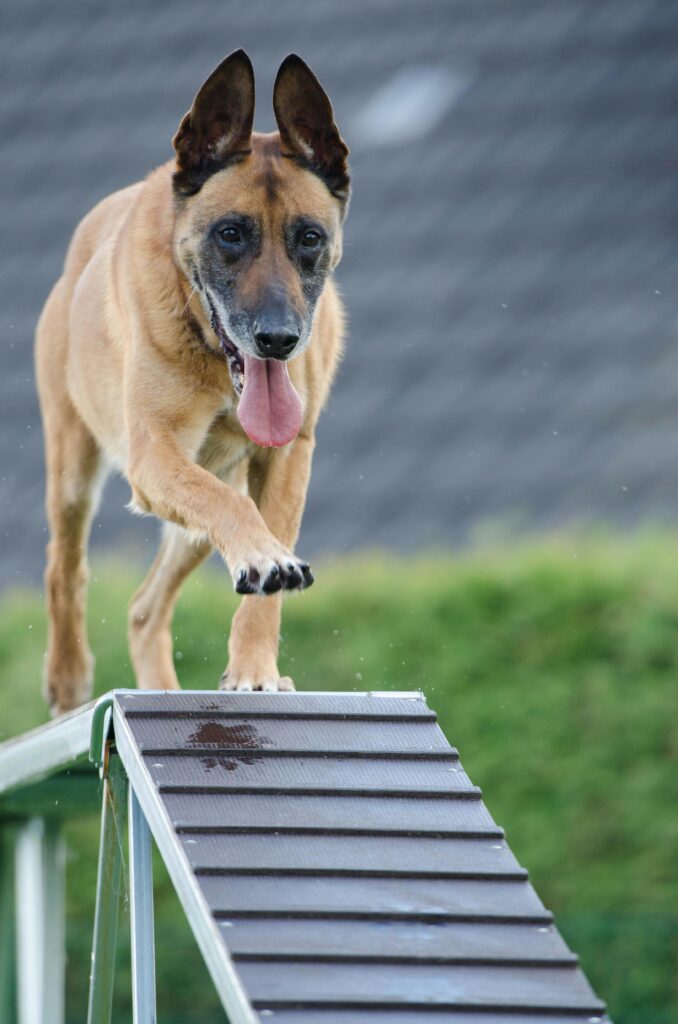
Skipping training days slows down your dog’s progress. Even 5-10 minutes a day helps reinforce the behaviors you want. When you make training a daily routine, your dog learns faster and retains commands better.
3. Punishing Instead of Rewarding

Punishing your dog for doing something wrong creates fear and confusion. Positive reinforcement, such as giving treats, praise, or toys for good behavior, is much more effective and encourages your dog to repeat desired actions.
4. Training for Too Long
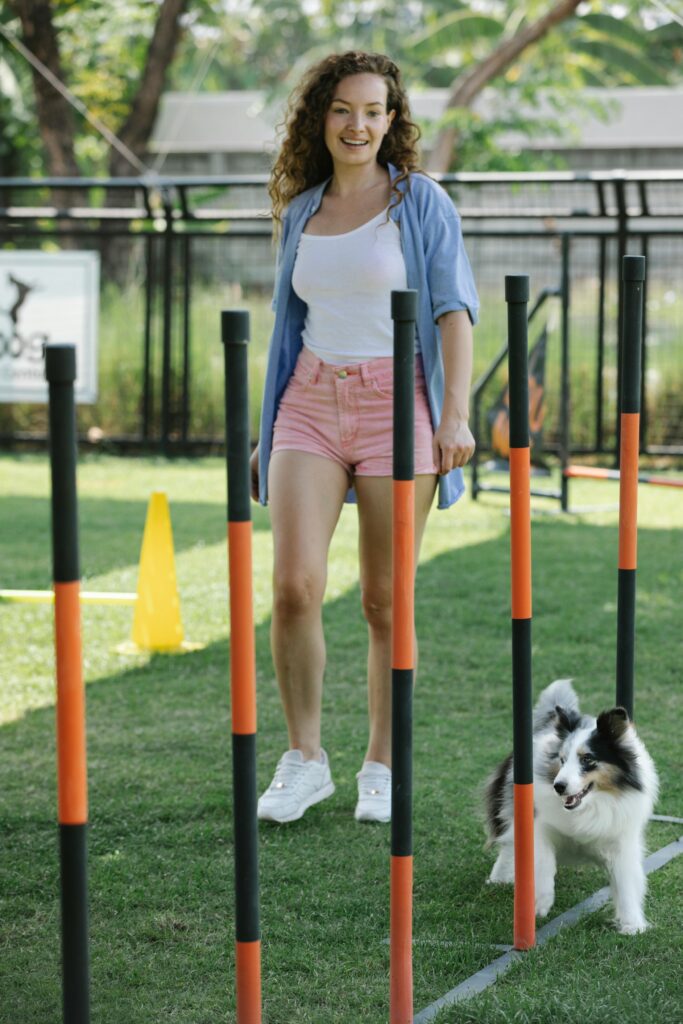
Dogs have short attention spans, so long training sessions can overwhelm or bore them. Instead, keep training sessions short—around 10-15 minutes—so your dog stays engaged and motivated to learn.
5. Training Only in One Location
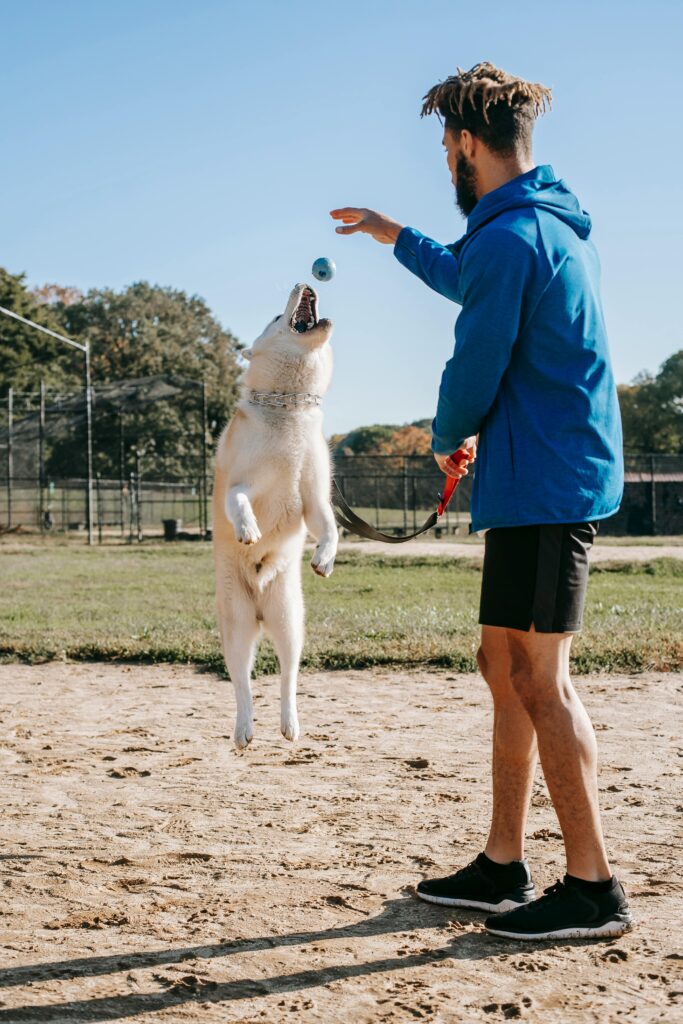
If you only train your dog in one room or the backyard, they might struggle to follow commands in new places. Practice commands in various locations—inside, outside, on walks, and in busy environments—to help them generalize the behavior no matter where they are.
6. Ignoring Body Language

Your dog’s body language tells you when they’re confused, stressed, or ready to learn. If your dog seems distracted, fearful, or overwhelmed, it’s a sign to adjust the training or take a break. Pay attention to their cues to ensure they’re in the right mindset to learn.
7. Using Negative Energy
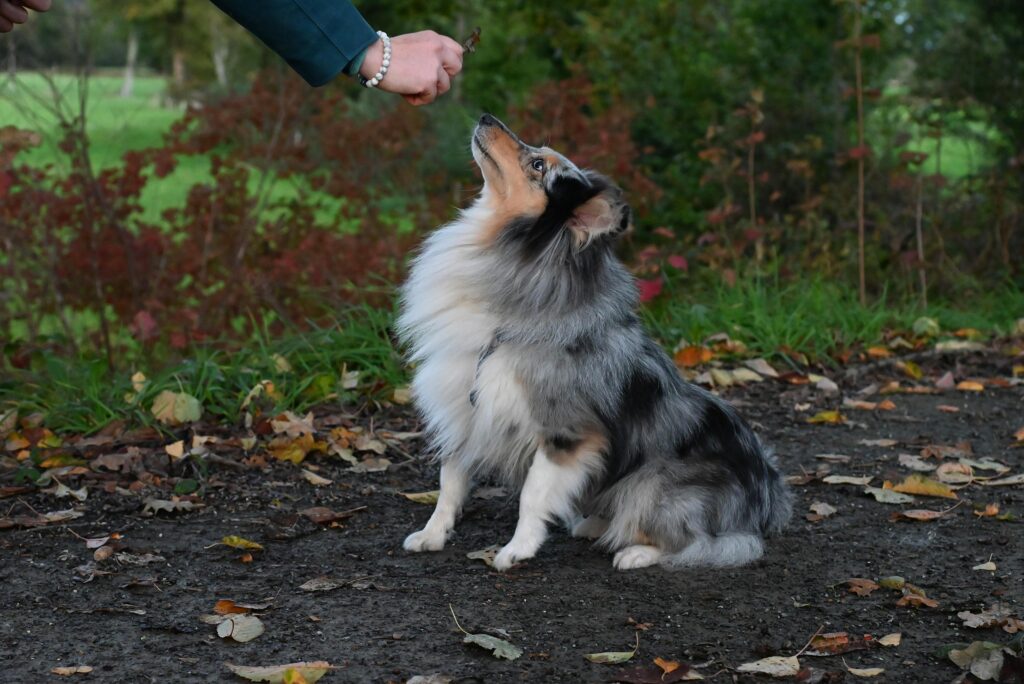
Dogs pick up on your emotions. If you’re frustrated, angry, or impatient during training, your dog will sense it and might become anxious or reluctant to participate. Approach training with a calm and positive attitude to help your dog feel secure.
8. Not Reinforcing Commands in Real-Life Situations
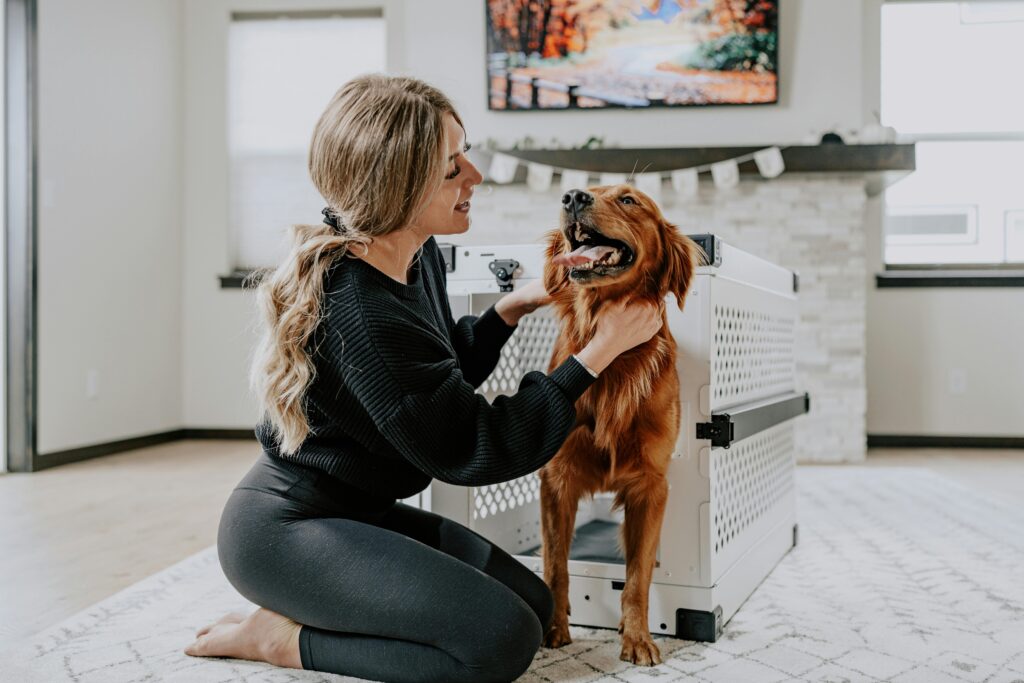
If you only practice commands during formal training sessions, your dog may struggle to follow them in everyday life. Reinforce commands like “sit” or “stay” in real-life situations, such as when guests arrive or during a walk, to help them become more reliable.
9. Rewarding the Wrong Behavior
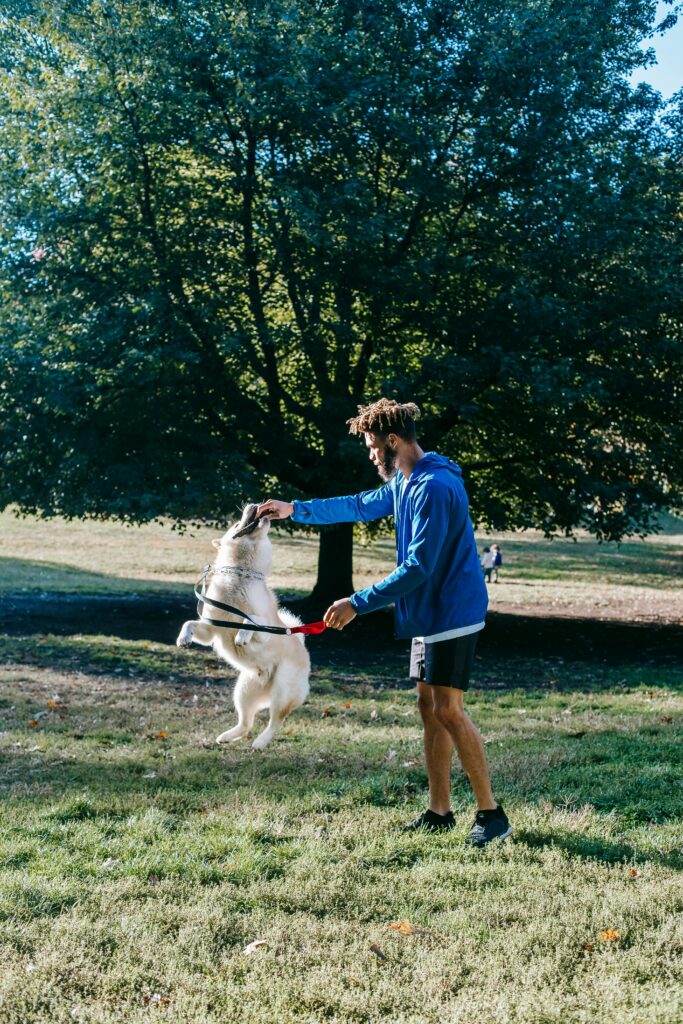
Accidentally rewarding your dog for bad behavior is a common mistake. For example, giving attention when your dog is barking for no reason teaches them that barking gets them what they want. Make sure you’re only reinforcing the behavior you want to see more of.
10. Expecting Immediate Results
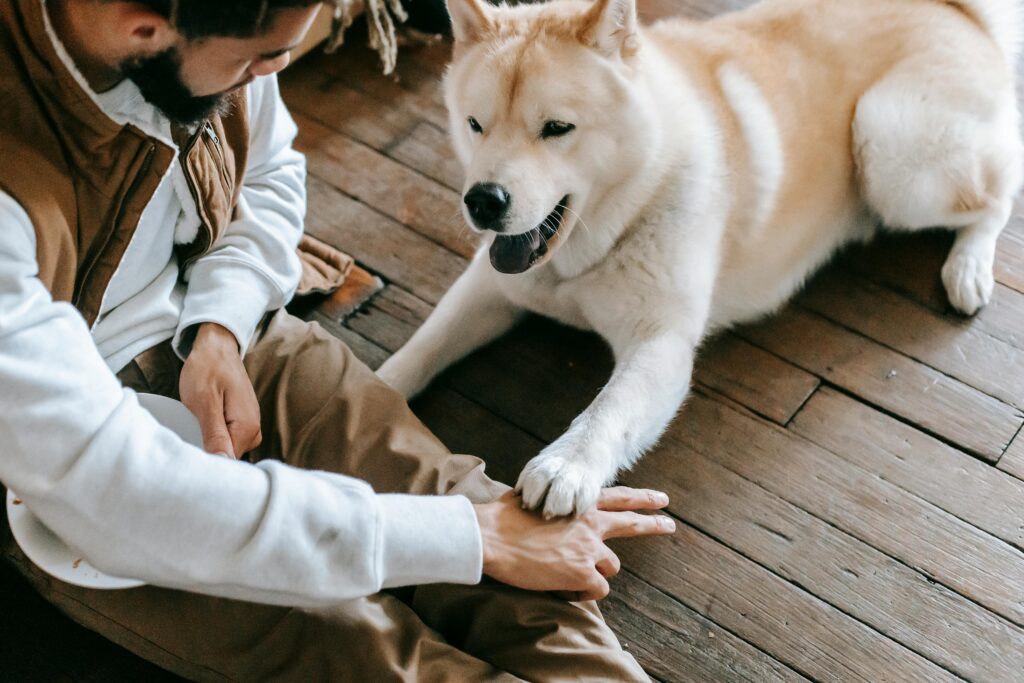
Training takes time and patience. Expecting your dog to master commands quickly can lead to frustration. Understand that progress can be slow, and it’s normal for your dog to need repetition and practice to fully grasp what you’re asking of them.
11. Not Socializing Your Dog

Lack of socialization can lead to fear, anxiety, and aggression in new environments or around other animals. Make sure your dog is regularly exposed to different people, places, and other dogs to help them develop good social skills.
12. Skipping Exercise Before Training
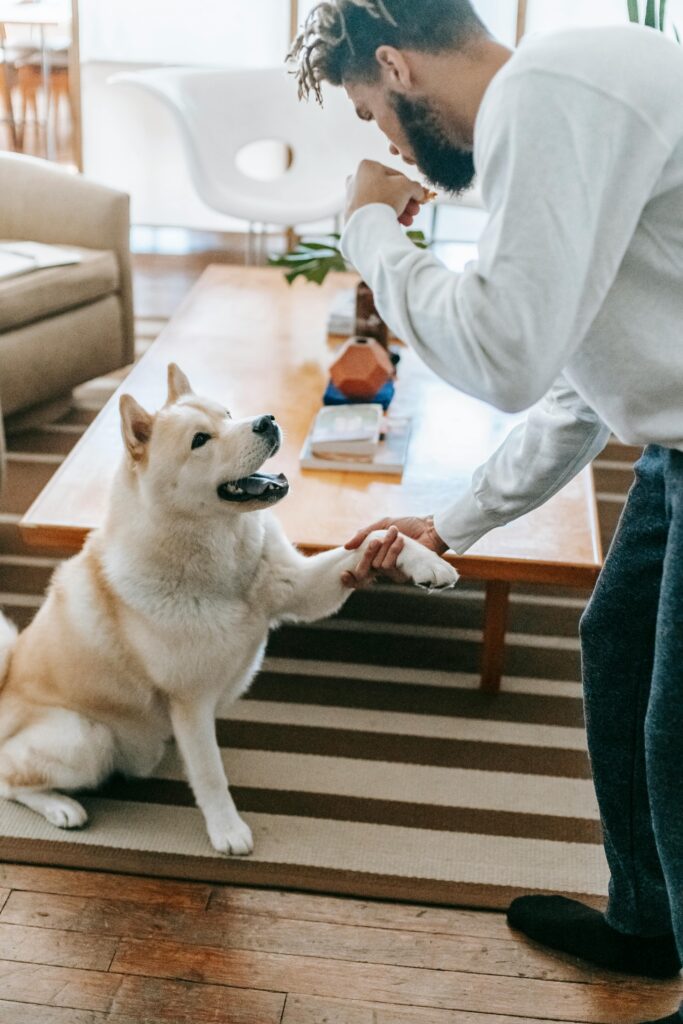
A dog with pent-up energy is harder to train. Make sure your dog gets some physical exercise before a training session to help them focus better. A tired dog is more likely to listen and engage with commands than one that’s bursting with energy.
13. Not Being Patient

Training takes time, and every dog learns at a different pace. If you lose patience or push your dog too hard, they’ll become frustrated or anxious. Be patient, break commands into smaller steps, and celebrate small wins along the way.
14. Inconsistent Commands

Using different words or tones for the same command confuses your dog. If one day you say “sit” and the next it’s “sit down,” your dog won’t understand what you want. Consistency is key in training—stick to the same word and tone every time for better results.


